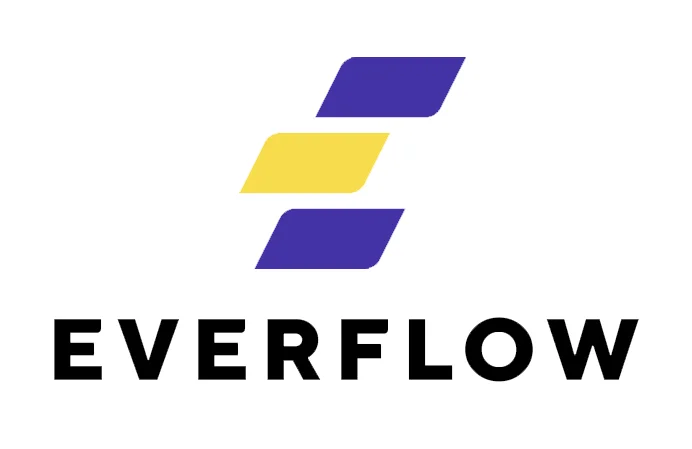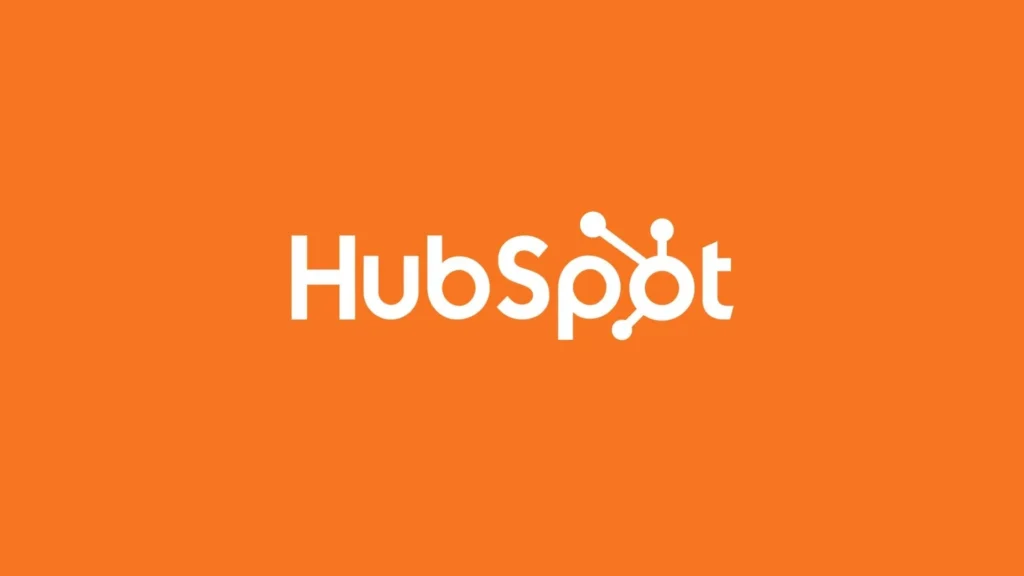
Affiliate Marketing on Social Media: The Do’s and Don’ts
Affiliate marketing on social media can be a game-changer, but it can also backfire if not done right. As a new affiliate marketer, it’s tempting to post your referral links everywhere, especially on social networks where real people spend most of their time. While platforms like Facebook, Instagram, LinkedIn, and Twitter can indeed be great places to earn affiliate commissions, it’s essential to follow best practices and avoid common pitfalls.
In this guide, we’ll cover the do’s and don’ts of affiliate marketing on social media to help you create a sustainable and profitable strategy.
Why Social Media is Important for Affiliate Marketing
Whether you’re just starting out or looking to up your affiliate marketing game, social media is a powerful tool for growing your reach. It not only helps you get the word out about your offers but also allows you to engage with your audience and build meaningful partnerships.
If you’re new to social media marketing, here are some key practices to follow when incorporating affiliate marketing into your strategy.
Do’s of Affiliate Marketing on Social Media
Know Your Audience and Choose the Right Platforms
Understanding your target audience is crucial for affiliate marketing success. Research which social media platforms your ideal customers use. For example, SaaS products may perform better on LinkedIn or Facebook, where you can target business owners and professionals. On the other hand, lifestyle products may convert more effectively on Instagram or TikTok, where visual content and trends drive engagement.
Knowing your audience’s habits and preferences ensures that you focus on the social channels where your affiliate links are most likely to generate clicks and conversions.
Design Professional-Looking Profiles
First impressions matter. Take the time to complete all profile fields on your social media accounts (e.g., bio, website link, contact info) and upload a professional-looking logo and banner image. This will help establish credibility and make your profiles look more legitimate.
A well-designed profile builds trust, which is a critical factor in getting people to click on your affiliate links and take your recommendations seriously.
Create a Content Calendar
Posting affiliate links randomly can come off as spammy. Instead, plan out a content calendar that includes a mix of promotional content, educational posts, and engaging visuals spread out over a few months. By sharing a variety of content types, you keep your followers interested and avoid overwhelming them with sales pitches.
A well-planned content calendar also helps you maintain consistency, which is key for building a loyal audience and increasing your social media reach.
Send Traffic to Your Website First
It’s often more effective to direct traffic to your own website before sending people to an affiliate offer. This way, you can build your own audience and capture their contact information through lead magnets like free downloads or email newsletters. Additionally, social media algorithms tend to penalize posts with direct affiliate links, making it harder to get your content seen.
Creating valuable blog content or landing pages that include affiliate links is an excellent way to share your offers without violating social media policies or triggering spam filters.
Don’ts of Affiliate Marketing on Social Media
Don’t Buy Likes or Followers
Avoid the temptation to buy likes or followers. While having a large audience might make your profile look popular, it won’t translate into sales if those followers aren’t genuinely interested in your offers. Fake followers will not engage with your content, and social media algorithms will notice the low engagement rate, resulting in decreased reach.
Focus on building a high-quality audience organically. It’s better to have a smaller, engaged audience than a large, unresponsive one.
Don’t Spam Your Followers
Overloading your audience with affiliate links is one of the quickest ways to lose followers. Nobody likes to feel like they’re constantly being sold to. Keep your content varied and balanced, and share affiliate links in a natural, non-intrusive way. Your primary goal should be to provide value, whether it’s through educational content, entertaining posts, or helpful resources.
An engaged audience is more likely to click on your affiliate links and make purchases, so prioritize building relationships over making quick sales.
Don’t Link Directly to Affiliate Offers
Some social media platforms, like Facebook, restrict the use of direct affiliate links in ads or posts. Even if you’re not violating any rules, social media algorithms can still reduce your post’s visibility when they detect a direct affiliate link. Instead, link to your own content, such as a blog post that includes the affiliate link. This approach not only helps with SEO but also provides your audience with more context and value.
Create engaging blog content that drives traffic from social media to your website, where you can then introduce affiliate products and services in a way that feels natural and helpful.
A is for A Wrap-Up: WordPress Affiliate Marketing Program Help
Affiliate marketing on social media can be highly profitable, but it requires patience, strategy, and effort. Don’t be in a rush to flood your social channels with affiliate links. Instead, focus on building a strong foundation with high-quality content, consistent social engagement, and a well-thought-out marketing plan.
If you need guidance or lack the time to manage your program effectively, we can help. At A is for Affiliate, we offer comprehensive solutions, including white-label affiliate program management and optimization services. Don’t hesitate to reach out if you’d like assistance with fine-tuning your affiliate marketing strategy.
Remember, affiliate marketing is a marathon, not a sprint. Be patient, stay consistent, and success will follow!



